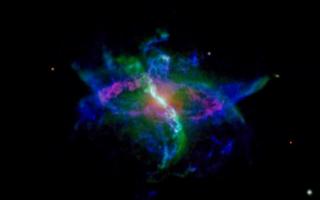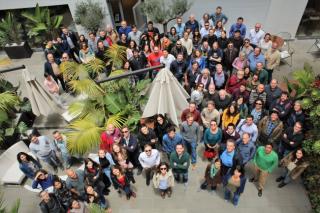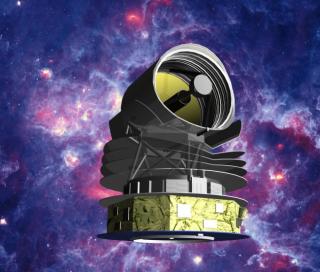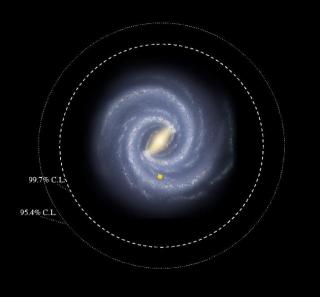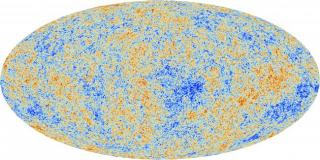
The science team of this space probe from the European Space Agency (ESA), led by Nazzareno Mandolesi and Jean Loup Puget, and of which personnel of the Instituto de Astrofísica de Canarias (IAC) are participating, has been awarded the Gruber Cosmology Prize 2018, one of the most important recognitions in this field of Astrophysics, which is granted annually from Yale University
Advertised on
